Around 1945-46, after World War II, injured army men of the USA found for themselves a mode of rehabilitation. They played Basketball on wheelchairs to keep themselves motivated and positive.
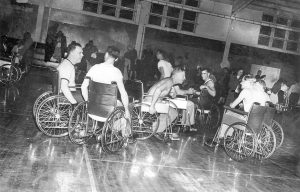
Most of the war servicemen who were treated in Veterans Administration (VA) hospitals in Birmingham (CA) and Framingham (MA), as well as at the Corona Naval Station (CA), played against their doctors in intriguing duels. A well-known tabloid at that time, The Birmingham Report, published an article on 26th November 1946, titled ‘Plegics Win Wheelchair Game, 16 to 6’. This is considered as the historical reference of this game. Within two years, in 1948, the National Wheelchair Basketball Association (NWBA) was formed in US that started organising national tournaments. Soon it took a global shape and in 1960, Wheelchair Basketball was played at the Paralympic Games in Rome. At that time around 100 countries were playing this game.
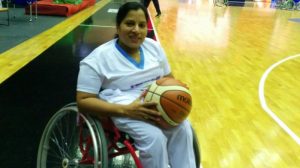
In India, sportsmen with disability followed Wheelchair Basketball but it was locally-based in a complete disorganized form. It was in 2014, an organization came into existence that changed the face of this sport in India. Headed by Madhavi Latha, a Paralympic Swimming Champion who initiated a movement ‘Yes We Too Can’, the Wheelchair Basketball Federation of India (WBFI) was formed to promote the development of Wheelchair Basketball as a sport and entertainment in India.
To know things better, Sportsavour was in talk with Delhi-based Wheelchair Basketball coach Varun Ahlawat. Being a player himself in all forms of Basketball, Varun has been a coach for around 10 years. He also volunteers for WBFI in promoting the game in different states of India. Though in a very nascent stage, he is quite optimistic about the growth of Wheelchair Basketball in India as there is no dearth of talent in this country.
WHEELCHAIR BASKETBALL IN INDIA
Varun Ahlawat: The first national Wheelchair Basketball tournament in the world was held in Illinois, USA, in 1949 with six teams. With the increase in popularity of the game, the International Wheelchair Basketball Federation (IWBF) was formed as the international governing body for the sport. This Federation configured itself 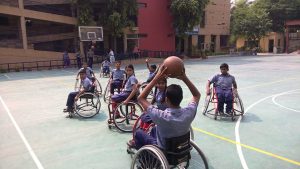 into four geographical zones: Africa, Americas, Asia/Oceania and Europe. The WBFI promote this game in India and represent this country internationally. There is a National Championship held in India every year. Indian Men’s and Women’s Basketball Team won bronze medal in Junior category at 4th Bali International WCABB tournament held in Bali, Indonesia in 2017. We have participated in U-23 Asia Oceania Championship and in men’s and women’s senior category in Asia Para-qualifying tournament held in Thailand this year.
into four geographical zones: Africa, Americas, Asia/Oceania and Europe. The WBFI promote this game in India and represent this country internationally. There is a National Championship held in India every year. Indian Men’s and Women’s Basketball Team won bronze medal in Junior category at 4th Bali International WCABB tournament held in Bali, Indonesia in 2017. We have participated in U-23 Asia Oceania Championship and in men’s and women’s senior category in Asia Para-qualifying tournament held in Thailand this year.
PERFORMANCE OF INDIAN PLAYERS
Varun Ahlawat: In India, Wheelchair Basketball is very young. We have just started our journey. But still I can say that we have performed brilliantly. In a very short time we have progressed and internationally we are winning matches. Very recently we won over Indonesia 60-39 in Asia Para qualifying tournament.
CONSTRAINS FOR THE DEVELOPMENT
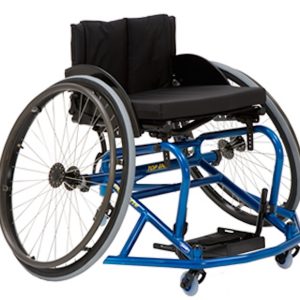
Varun Ahlawat: Wheelchair Basketball is an unknown sport and anything that is unknown faces hazards. As you all can understand our main problem is financial aids. Next comes the inaccessibility of best-quality wheelchairs. Normal wheelchairs are not used in sports. The wheelchairs used in Basketball are not at all bulky, they have lower backs and lightweight wheels that slant inward. Sports wheelchair that are available in India are not at par with international standard. This is the main constrain for the development of this sport in India.
PLAYER AVAILABILITY IN INDIA
Varun Ahlawat: There are many talented players in India. We are working in organized manner to search them. We organize various training to find out players. The national championships are also the source of finding out players.
CLASSIFICATION SYSTEM IN WHEELCHAIR BASKETBALL
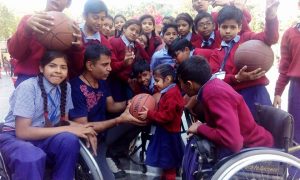
Varun Ahlawat: The classification system in Wheelchair Basketball is based on functional mobility of a player. The classifications are 1 point player, 2 point player, 3 point player, 4 point player and 4.5 point player. All these are standards set by IWBF. The lower the point number, the lesser is the player’s functional ability.
DIFFERENCE BETWEEN STAND UP BASKETBALL AND WHEELCHAIR BASKETBALL
Varun Ahlawat: There is not much difference between the two. Wheelchair Basketball is played on a standard sized basketball court; the time length is same; the playing styles are almost same. There are only certain differences like there is no double dribble violation rule in Wheelchair Basketball and shooting of the ball is not limited to waist but can be done in number of ways.
DRIBBLING IN WHEELCHAIR BASKETBALL
Varun Ahlawat: In Wheelchair Basketball, 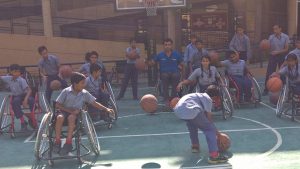 players use front, back and side dribble and no double dribbling violation rule. The player in possession of the ball may not push more than twice in succession with one or both hands in either direction without tapping the ball to the floor again. Taking more than two consecutive pushes constitutes a traveling violation. A player, may, however, wheel the chair and bounce the ball simultaneously just as an able-bodied player runs and bounces the ball simultaneously in regular basketball.
players use front, back and side dribble and no double dribbling violation rule. The player in possession of the ball may not push more than twice in succession with one or both hands in either direction without tapping the ball to the floor again. Taking more than two consecutive pushes constitutes a traveling violation. A player, may, however, wheel the chair and bounce the ball simultaneously just as an able-bodied player runs and bounces the ball simultaneously in regular basketball.
CHALLENGE FOR COACHES IN WHEELCHAIR BASKETBALL
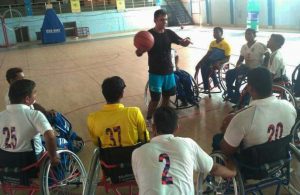
Varun Ahlawat: Coaching in Wheelchair Basketball is not as simple as in Standing Basketball. The major lookout for the coaches is the classification rules. Every player is unique because of his abilities. One simple bad decision of the coach can lead the team in disaster. A coach should be mentally strong, has to understand the game well and be patient.
RISK FACTORS OF PLAYERS INVOLVED IN WHEELCHAIR BASKETBALL
Varun Ahlawat: In this game, players differ in movement and they are also at risk of injury. But if we follow the set rules then the injury factor can be avoided.

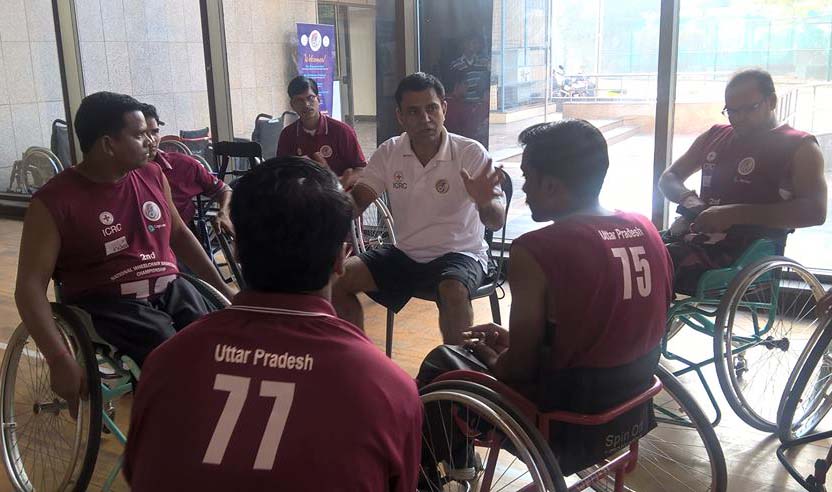
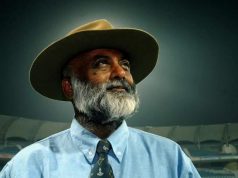


Very nice